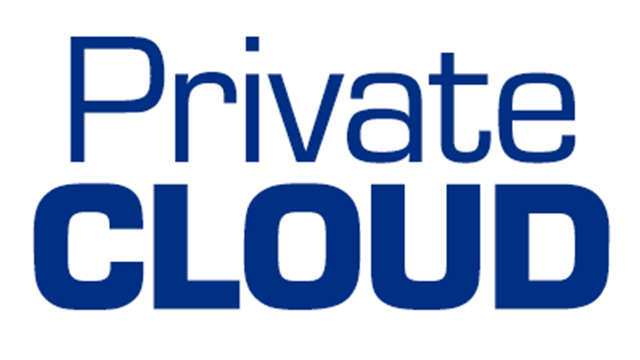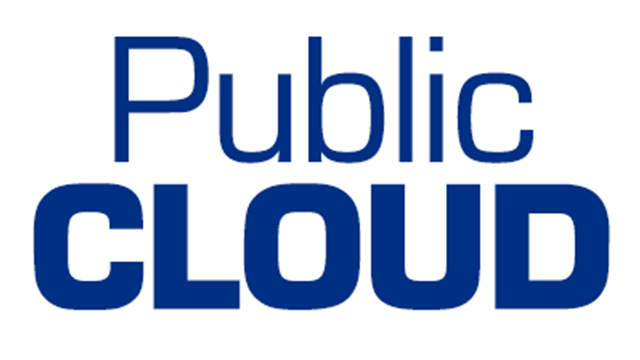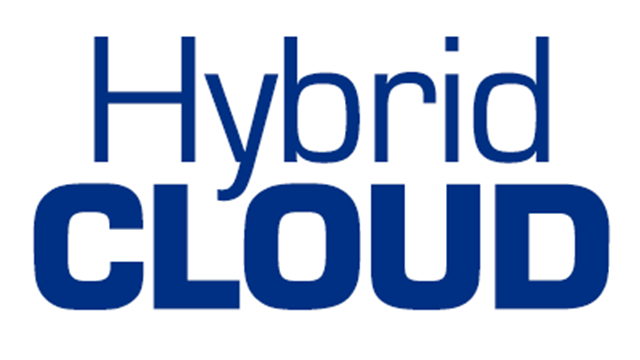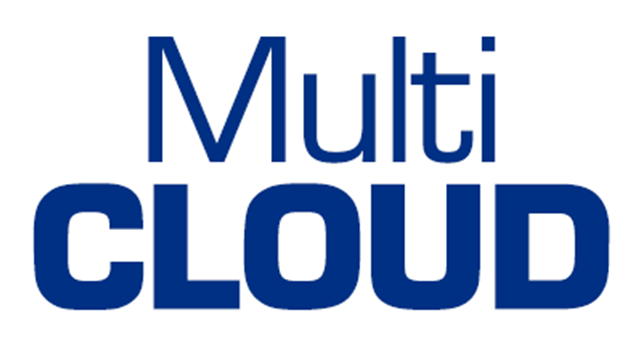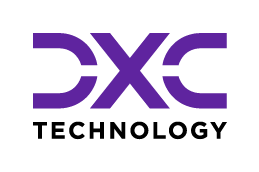

Since bursting onto the scene in the mid-2000s, public cloud services have powered a change in enterprise computing not seen since the birth of the client server era two decades earlier.

According to Gartner’s Cloud Shift report for 2023, global public cloud spending will exceed US$1 trillion by 2027 and account for approximately 58 percent of cloud spending, translating to 18 percent of overall IT spending.
This entrenches public cloud as the dominant enterprise computing model for the foreseeable future, significantly outpacing new spending in traditional, non-cloud markets.

And with Mordor Intelligence expecting investment in cloud-hosted AI services to grow from US$67.56 billion in 2024 to US$274.54 billion by 2029, that trend shows no sign of reversing.
Indeed, AI is set to be one of the significant growth drivers for public cloud through 2023, and a topic being watched closely by the general manager for technology at the Australian Football League (AFL), Rob Pickering, who is currently developing AI systems using large language models (LLMs) in public clouds.
“We were able to do that incredibly quickly - we had a proof-of-concept operating in a couple of days, and now we are a long way down the path to delivering some novel and ground-breaking AI and LLM technology to our broader business that is just not possible in a non-cloud scale world," said Pickering.
“Those LLMs are not just enabled by cloud technologies – they require cloud technologies – and we are able to build on top of the world really quickly.” - Rob Pickering, general manager, technology, Australian Football League.

Despite the rapid growth of the public cloud – or perhaps because of it – there is still much to be learned when it comes to running cloud implementations optimally. Prominent among these lessons is the need for financial discipline.
As the CTO of fintech startup FrankieOne, Aaron Chipper has come to deeply appreciate this need. FrankieOne has built a cloud-hosted data vault for identity, compliance, and fraud management for financial services organisations.
With so much sensitive data in hand, Chipper says security was his number one consideration when building FrankieOne, meaning there was no option other than building in the public cloud.
“It would cost us a lot more to bring it back in, because we’d have to put in all the additional physical security around what we do, and all of that is taken care of by AWS," said Chipper.
“It’s the same with Google and with Microsoft. They have the money to invest in ridiculous levels of security, and we just don’t, so we may as well leverage that.”

While the public cloud’s inbuilt security is a money-saver for FrankieOne, another of its key benefits – agility – can have an opposite effect on budgets. The ease at which new cloud servers can be activated has led Chipper to implement multiple alarms to ensure that spending does not exceed expectations.
Chipper’s focus on financial discipline is reflective of another key trend sweeping across public cloud implementations today – FinOps – which adds skills such as budgeting, forecasting, and cost optimisation into cloud strategies.
Forrester reports that interest in FinOps has grown significantly, thanks to uncertain economic conditions, budgetary constraints, and their desire for greater accountability in cloud spending.
As the cloud matures, so too are the expectations of users. This is manifesting as a desire to reduce the complexity and cost of managing public cloud environments, and to overcome chronic cloud skills shortages.
According to Forrester this sees cloud leaders investing in processes and tools that can streamline cloud development activity, to ensure developers are spending more time developing and less managing platforms and infrastructure.
The longer-term outcome is likely to be the creation of abstracted, intelligent, and composable clouds, in which AI and automation allows developers to create and curate integrated services in any location, including public clouds, SaaS, on-premises, and at the edge.
The need to maximise developers’ productivity has found its champion in Spotify. The music streaming service has led development of Backstage, an open-source framework for building developer portals which is designed to reduce the complexity when using different cloud services by unifying all infrastructure tooling, services, and documentation into a single, consistent user interface.
It is a concept that has caught the eye of Paul Keen, chief technology officer at Australian payments company Tyro, as a remedy for the complexity of cloud-based microservices architectures.

“What happens is you've got APIs, documentation, and observability all over the place, so what they are trying to do is centralise everything into a single pane of glass for the developers,” Keen said.
Tyro has implemented elements of this thinking by creating a 'Golden Path' for its developers, which Keen says will reduce time that developers spend on tasks such as maintaining environment scripts by 30 percent.
“If you want to create a new application, we will give you that Golden Path, so everything is done for you – your observability, your logging, your security – it’s all there,” Keen said.
“We give you a base template and you put your code on top of that and we will maintain that for you. All you need to worry about is how your code is performing. We just want the developers to be working on features and functionality.”
Public Cloud champions

Integrating Generative AI will help ERP technical debt
However approach to process reinvention is crucial, DXC Technology states.
The rapid normalisation of Generative AI (GenAI) technology, and its integration into ERP platforms through systems such as SAP’s Business Technology Platform and Joule AI assistant (Chatbot), has created an opportunity to proactively address technical debt, modernise business processes and move them to the cloud. Read more:

Don’t leave your people behind when moving to public cloud
Empower Your Team: Navigate Cloud Migration with Success
Core business systems are swiftly migrating to public cloud, with established benefits. Enterprises adopting SAP public cloud enjoy scalable resources and are able to adjust as required to prevent infrastructure over-provisioning. Read more:
Cloud Covered Champions
We are proud to present the Cloud Covered champions, and showcase the work they do.






